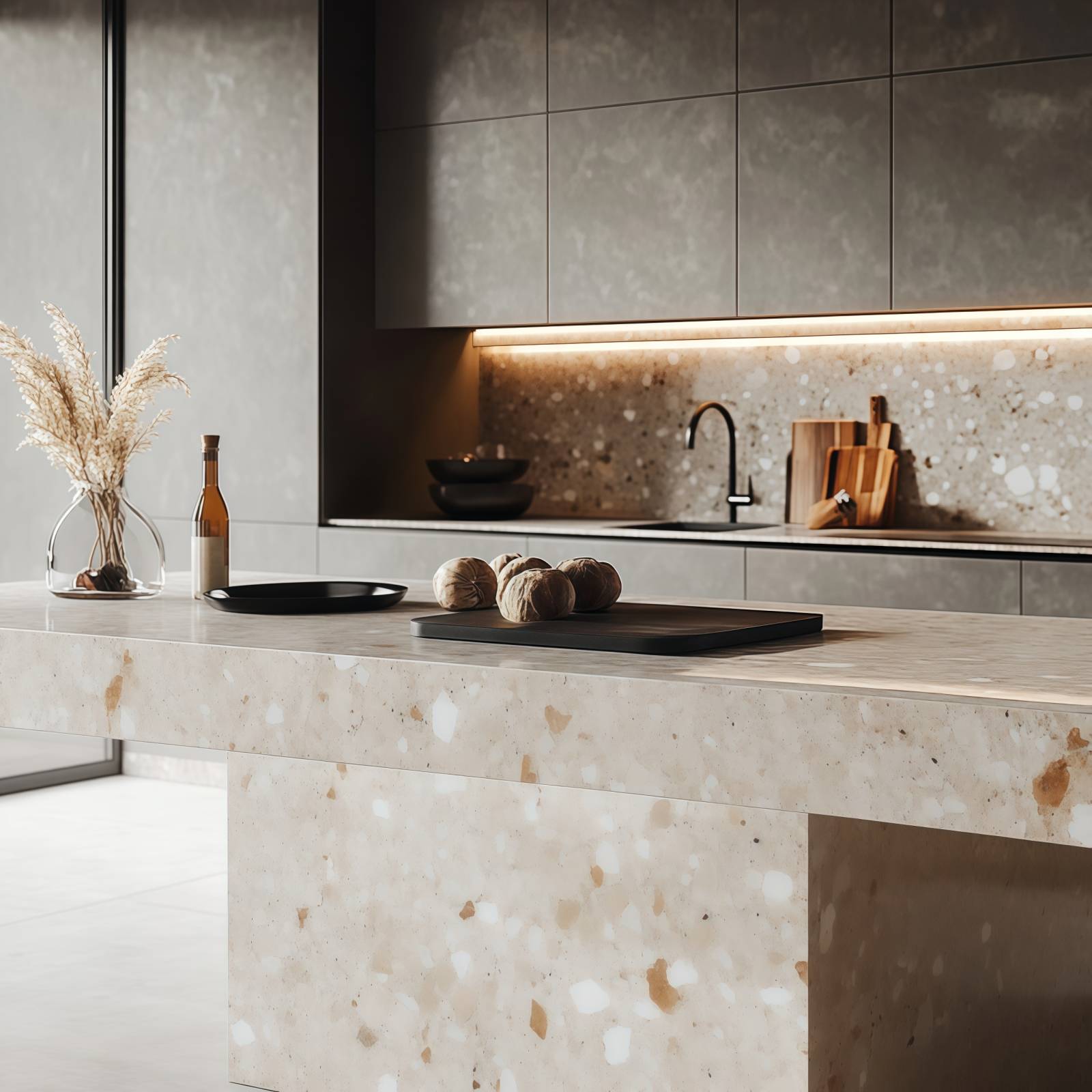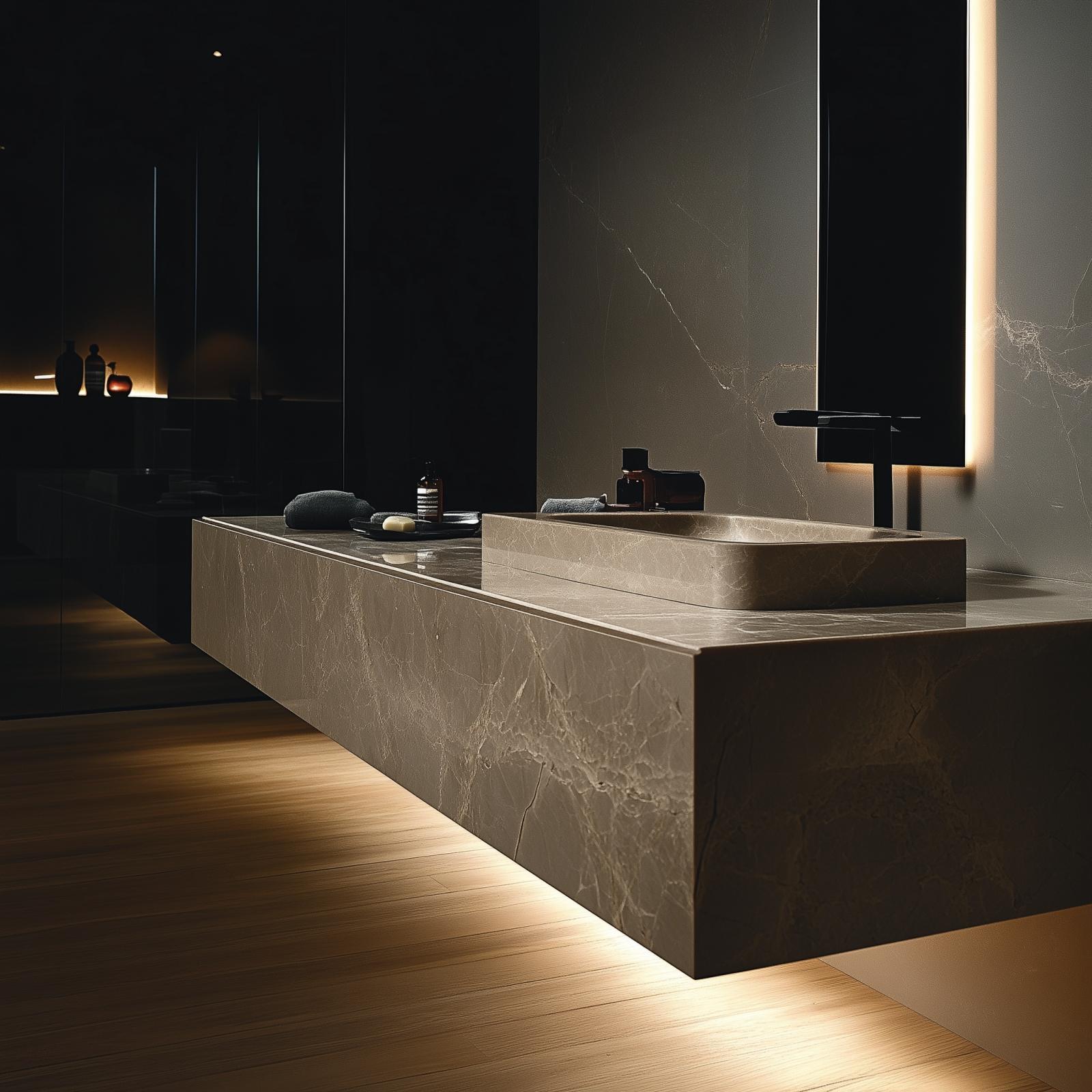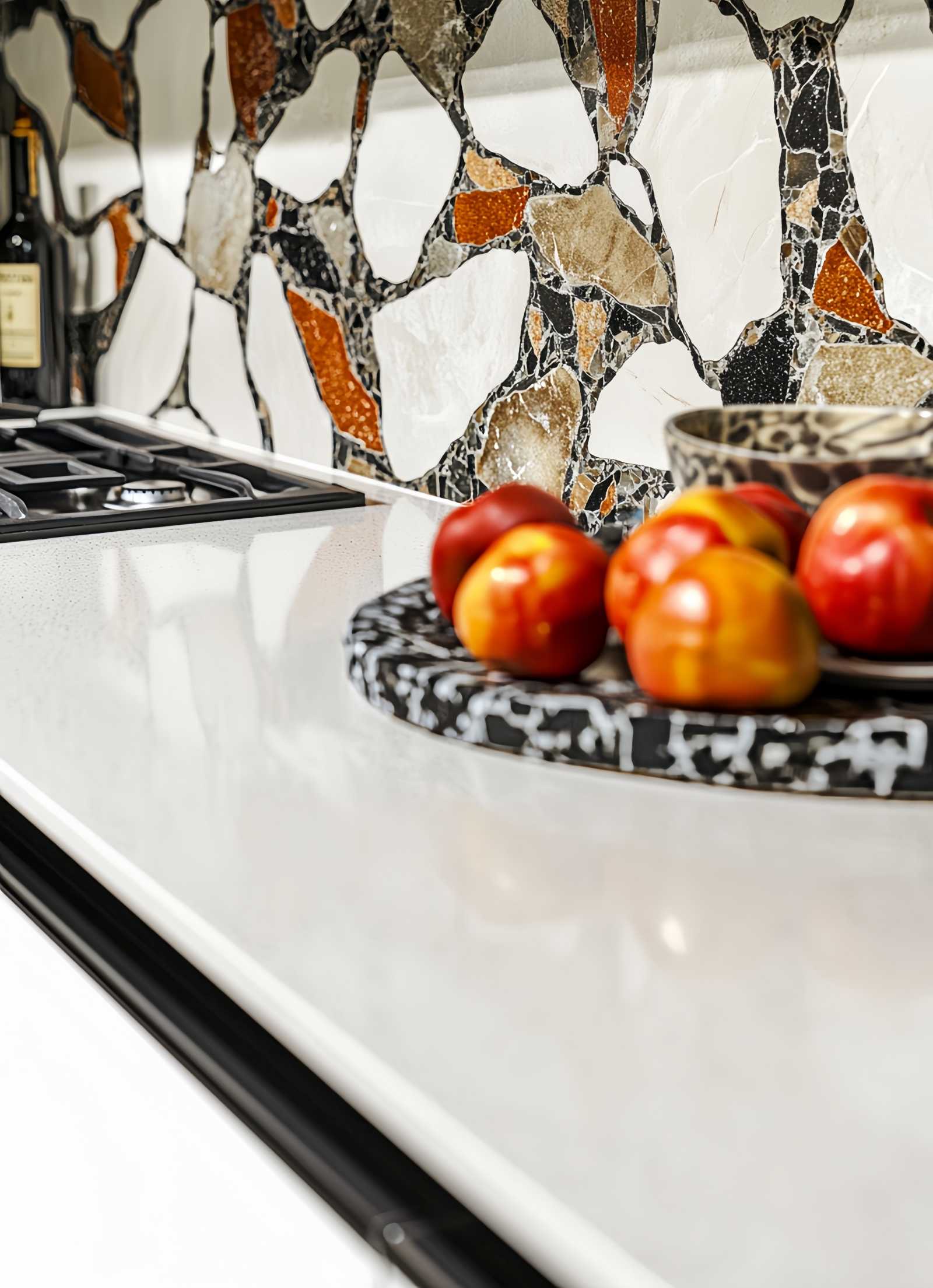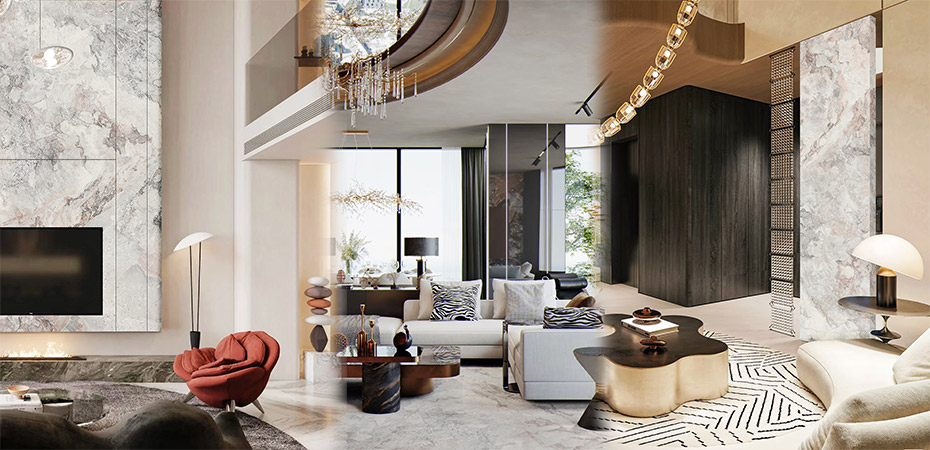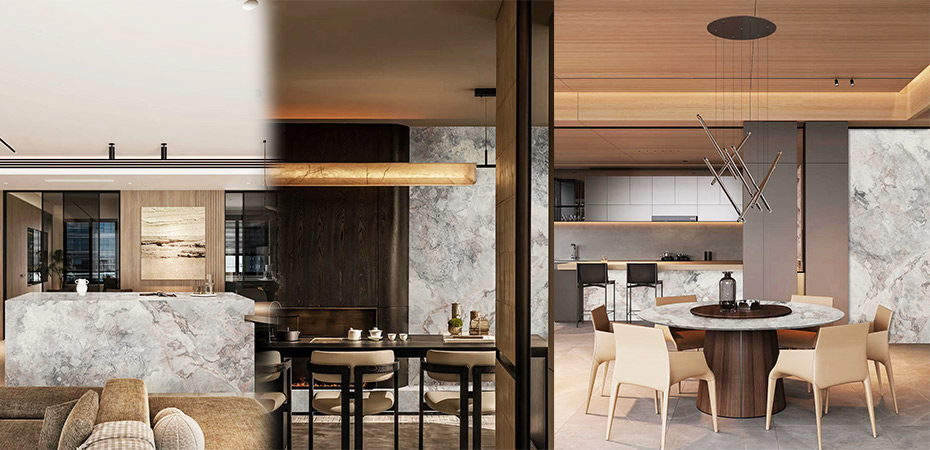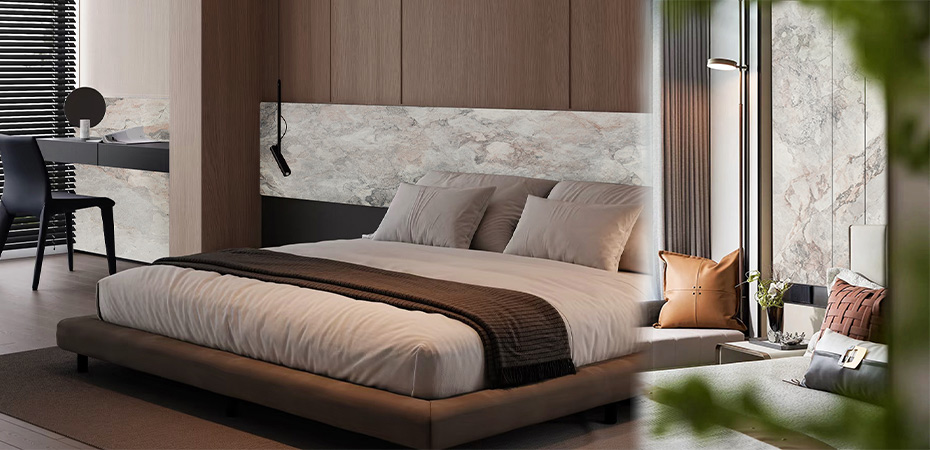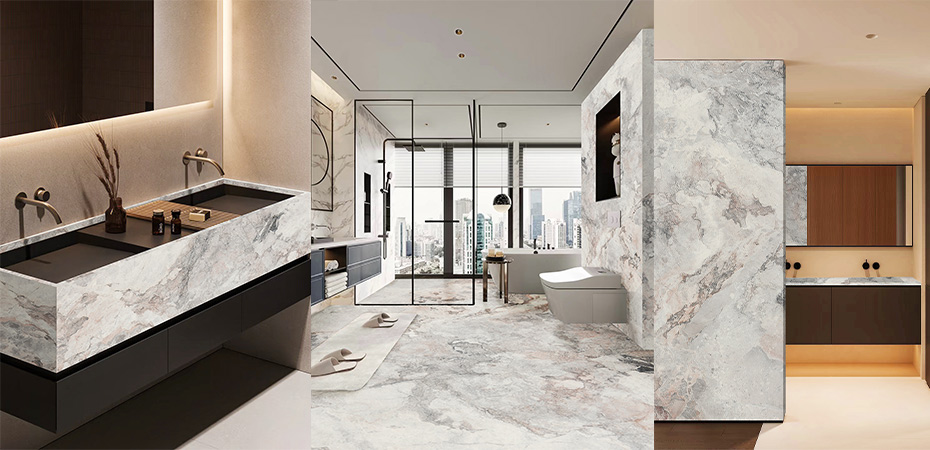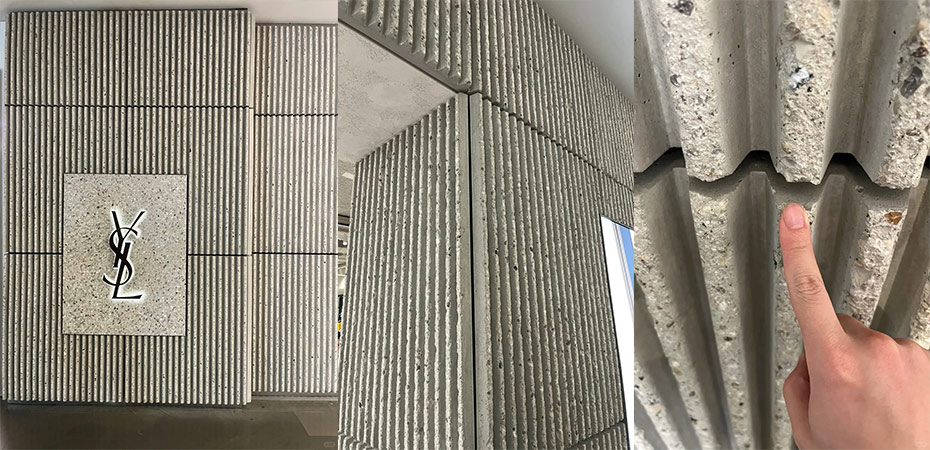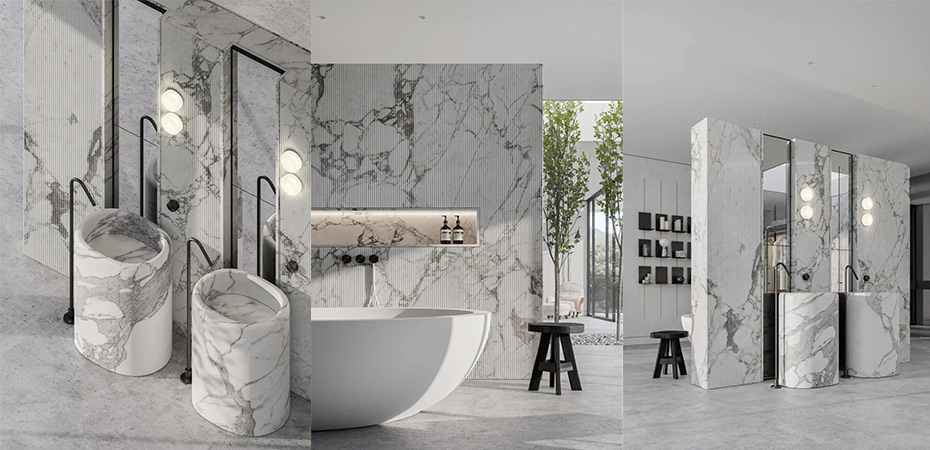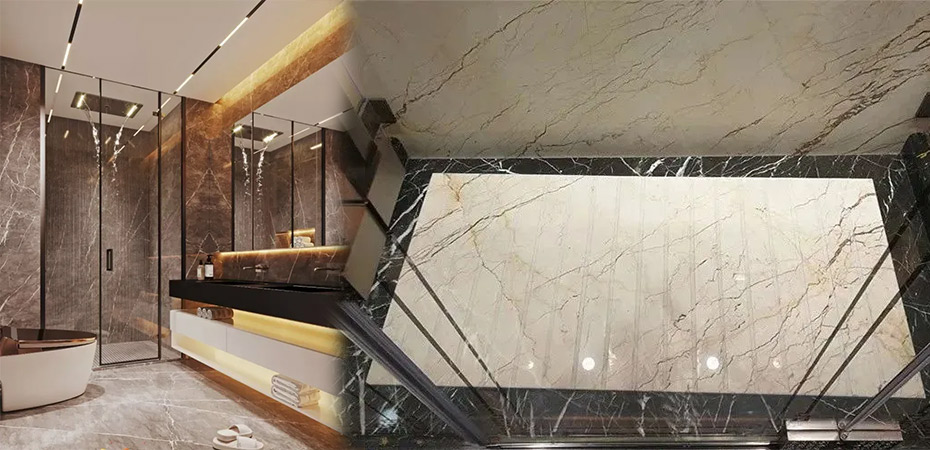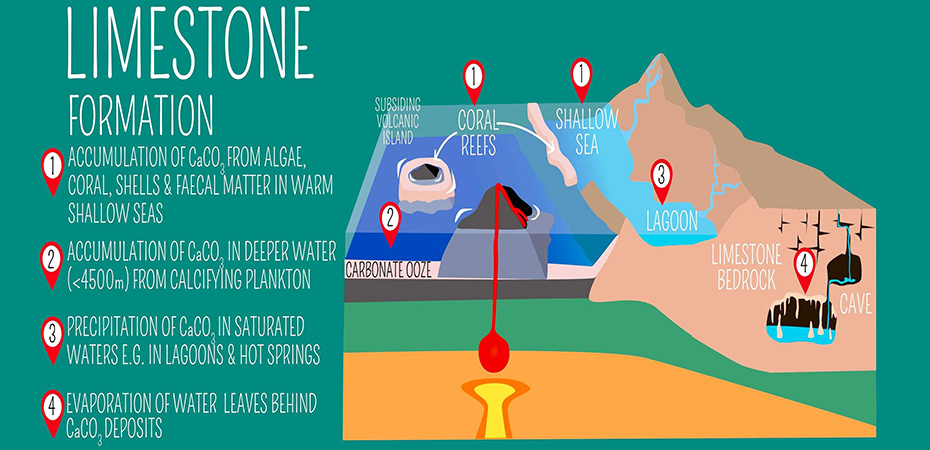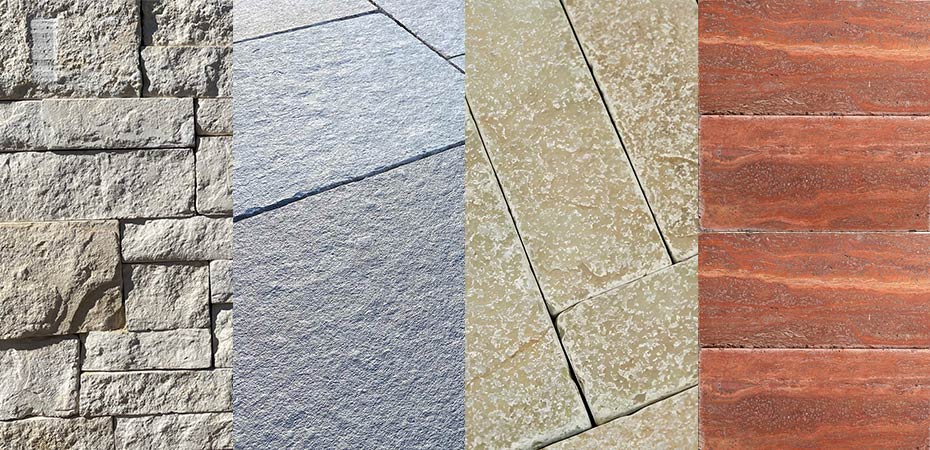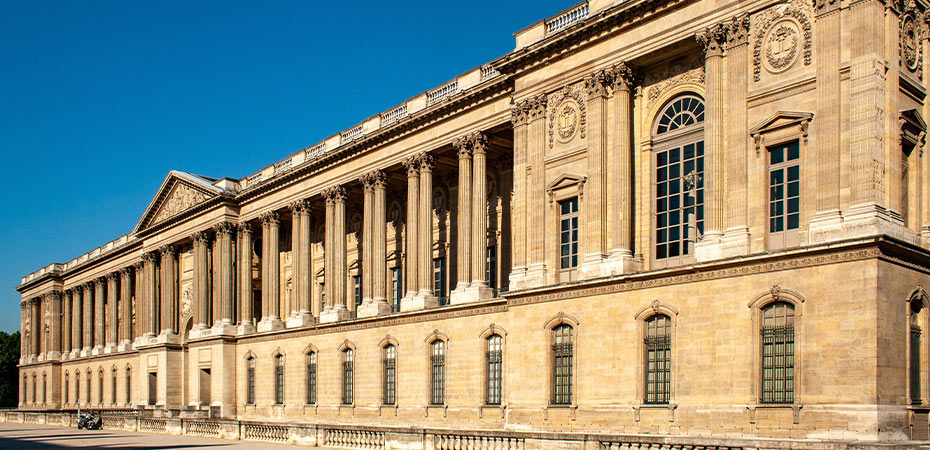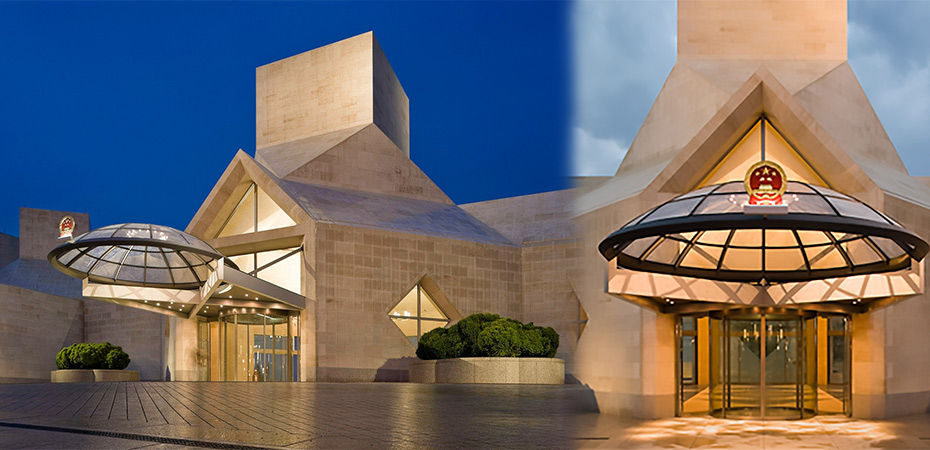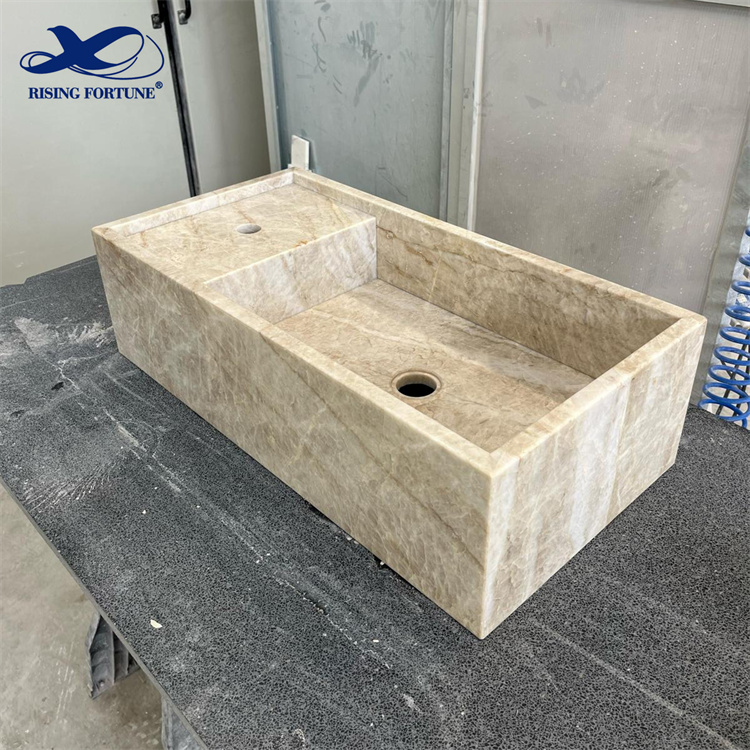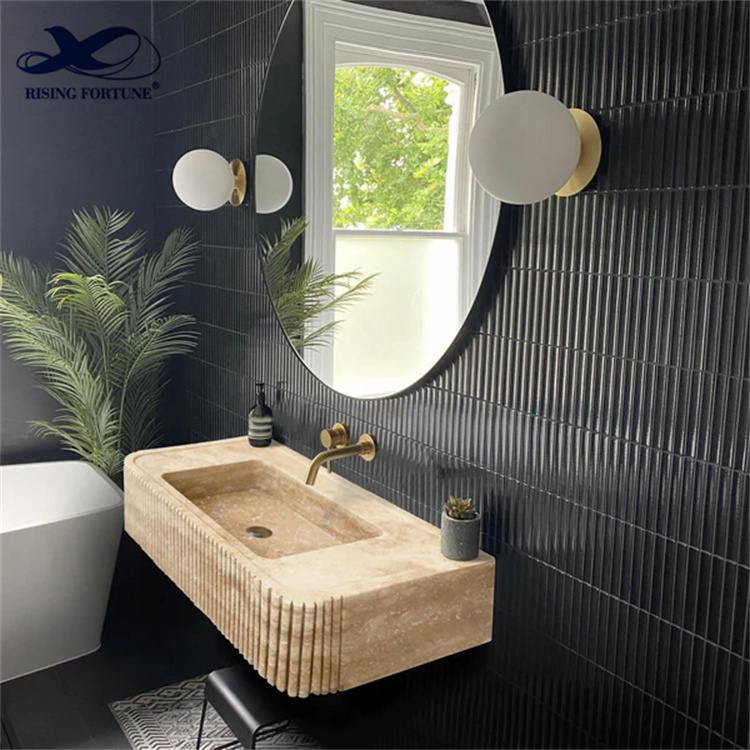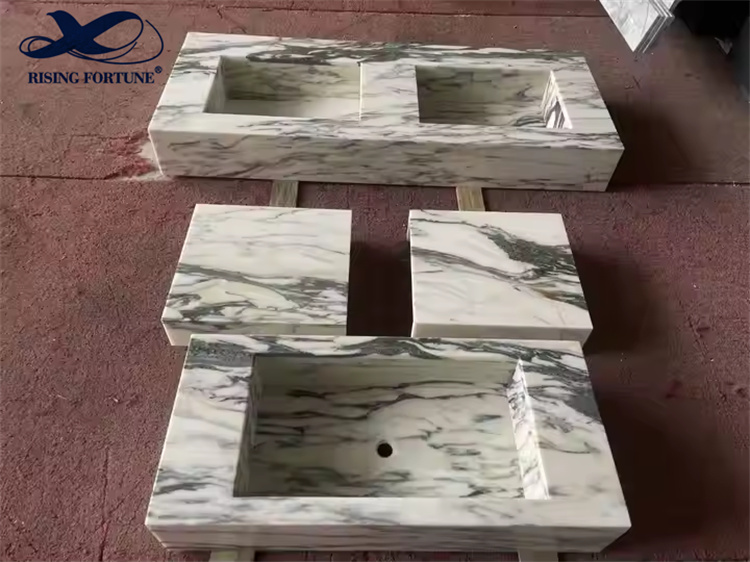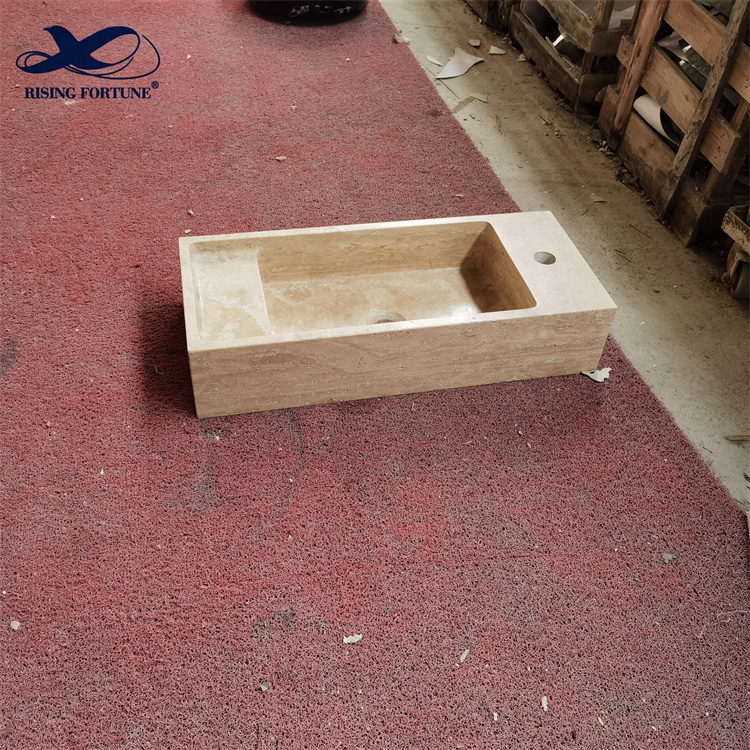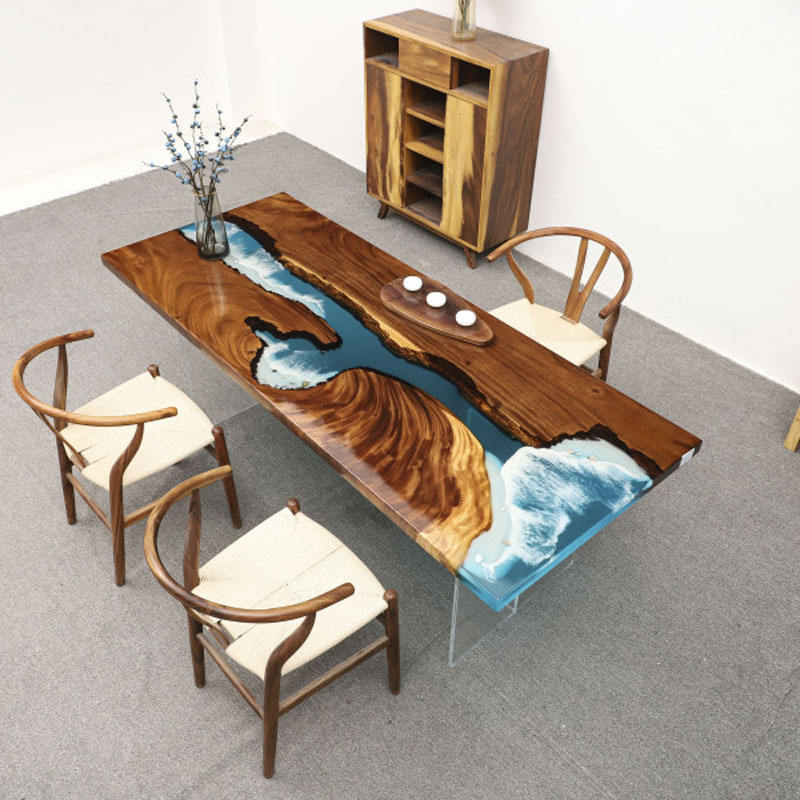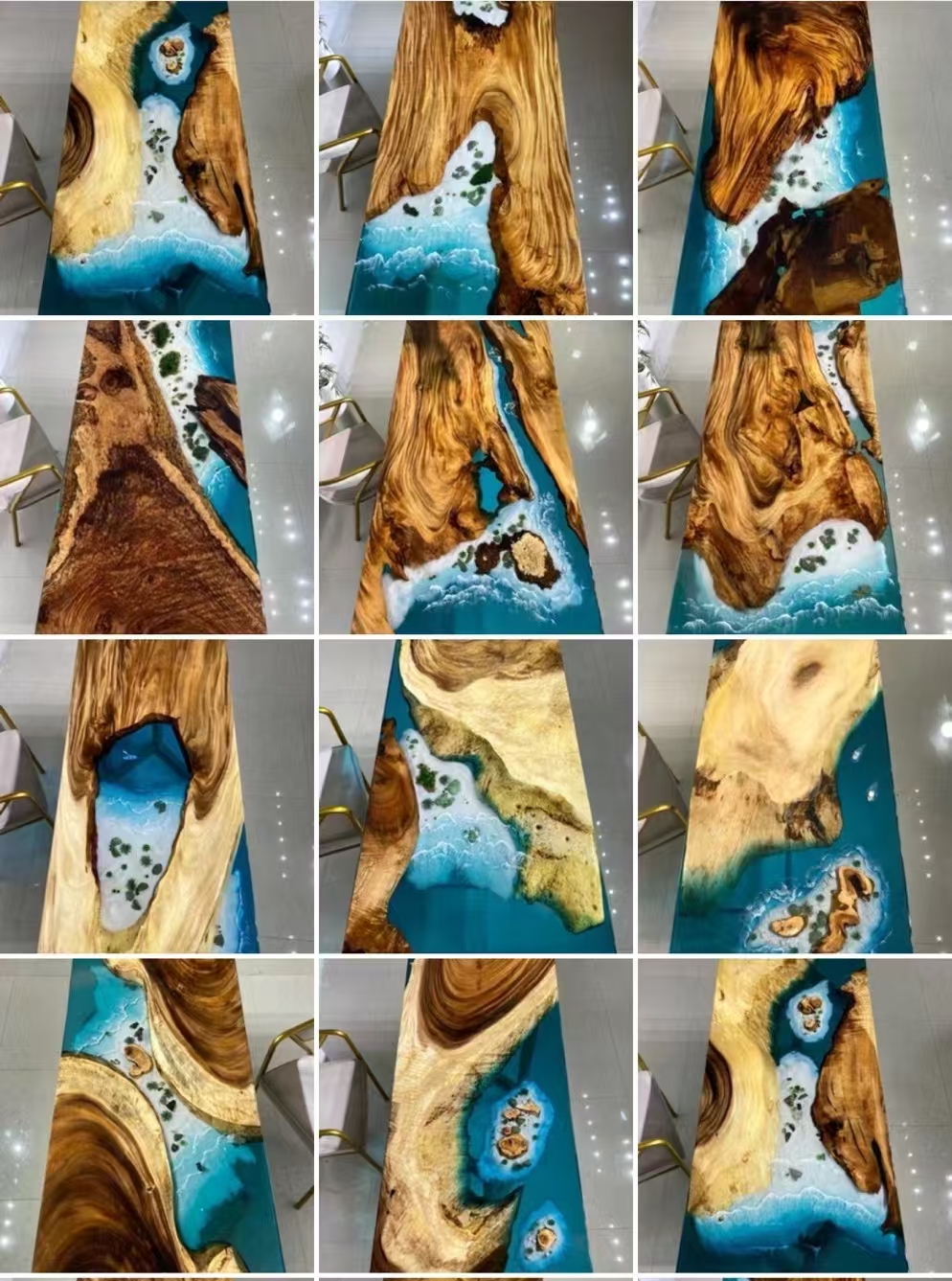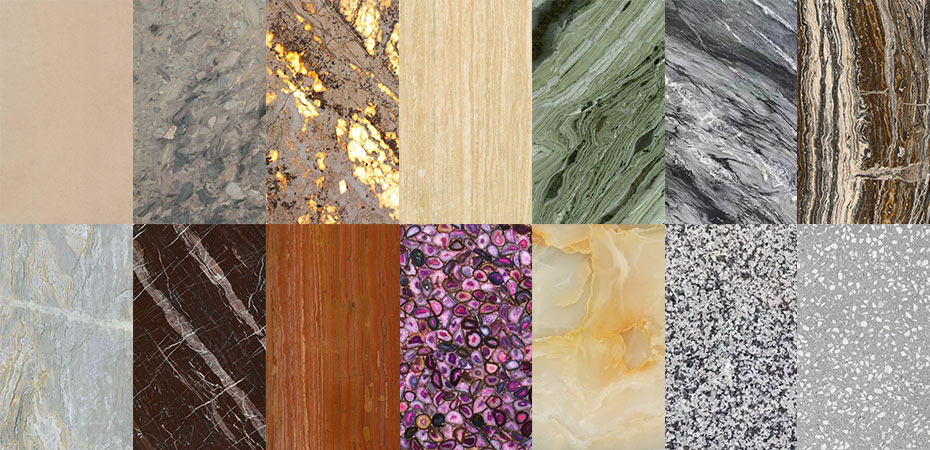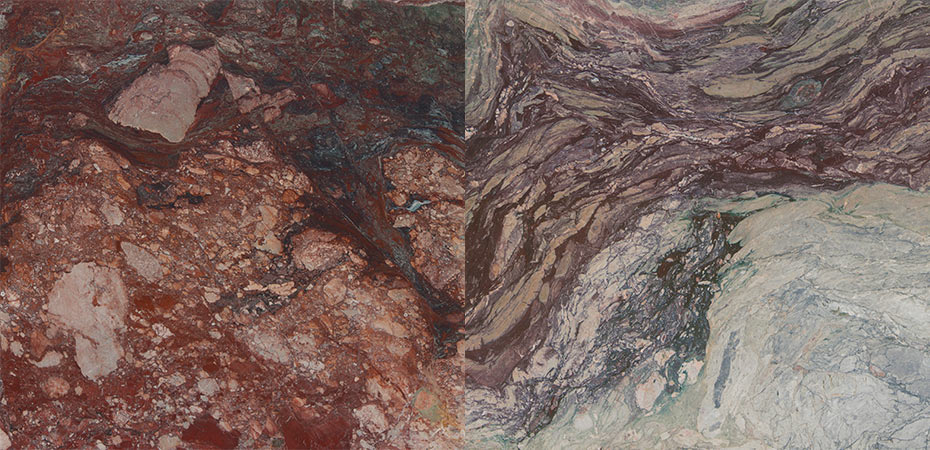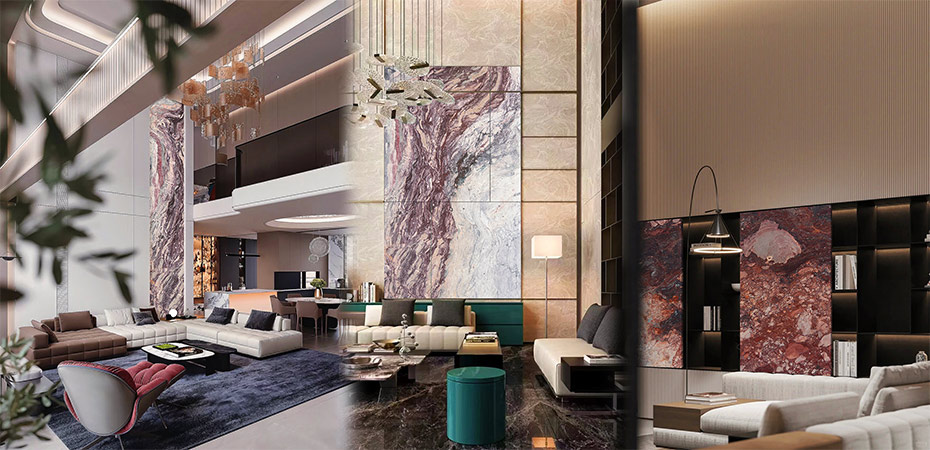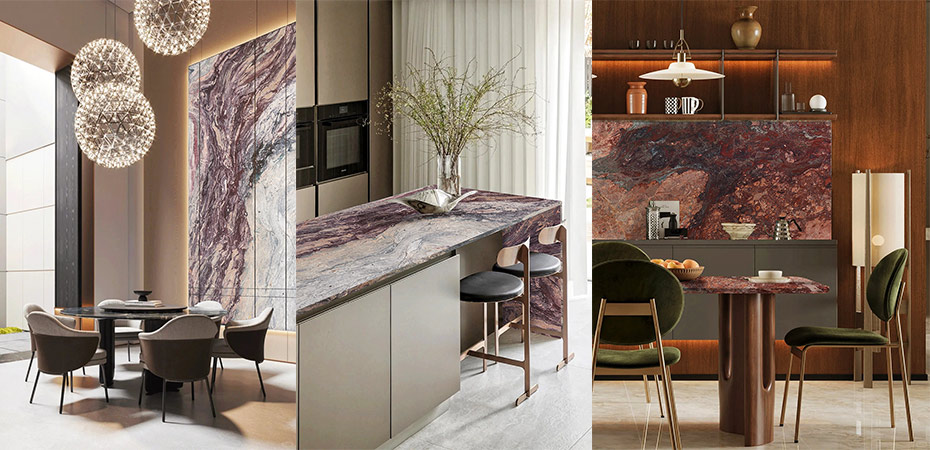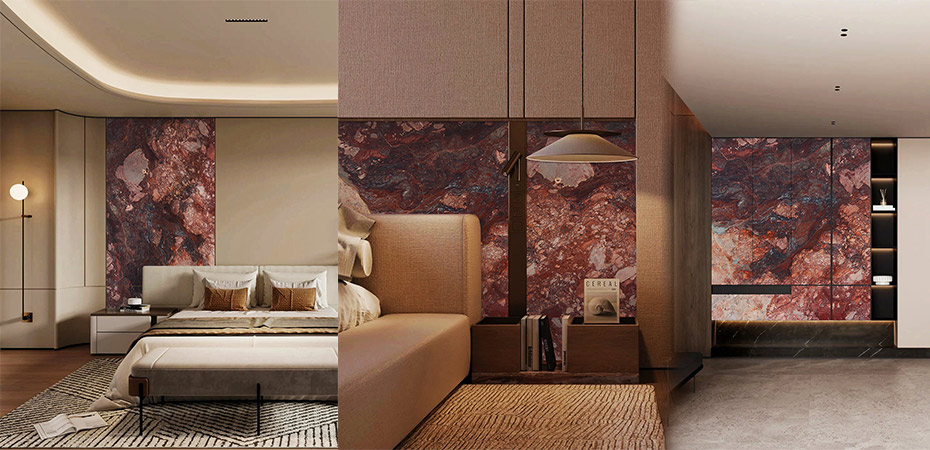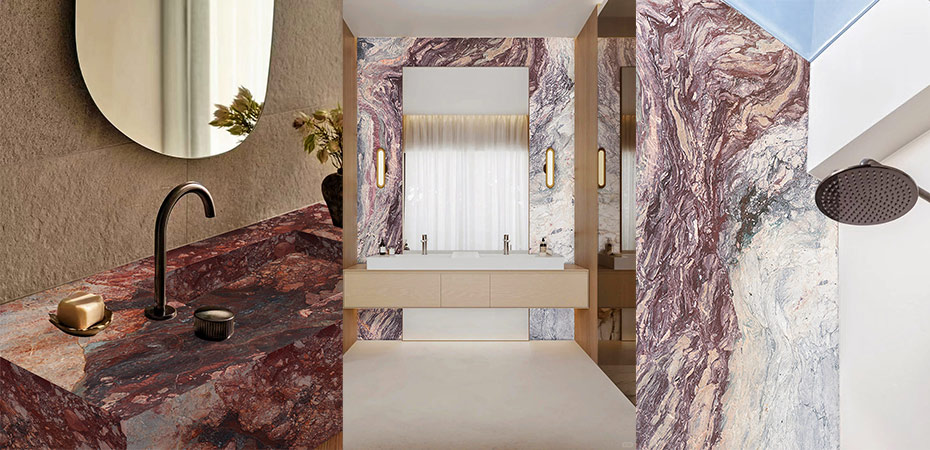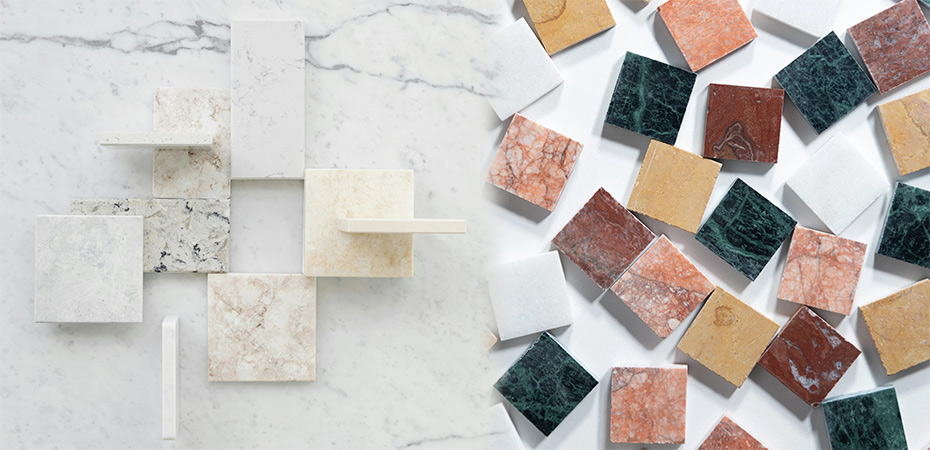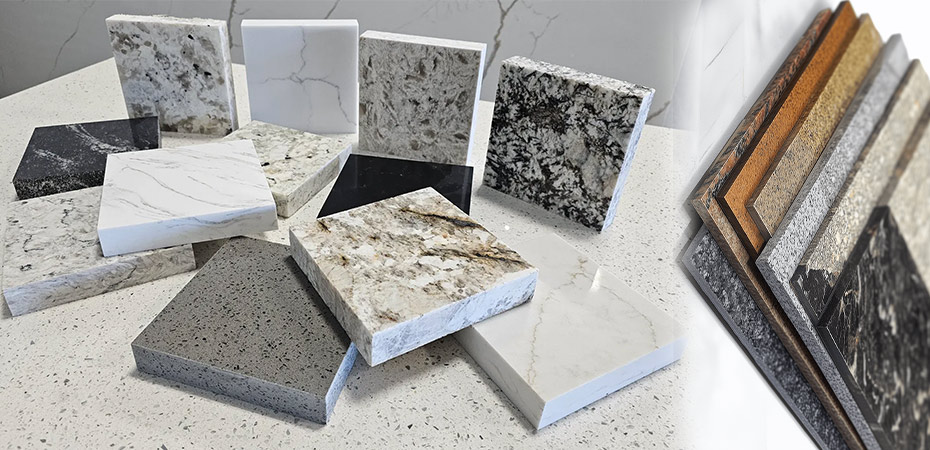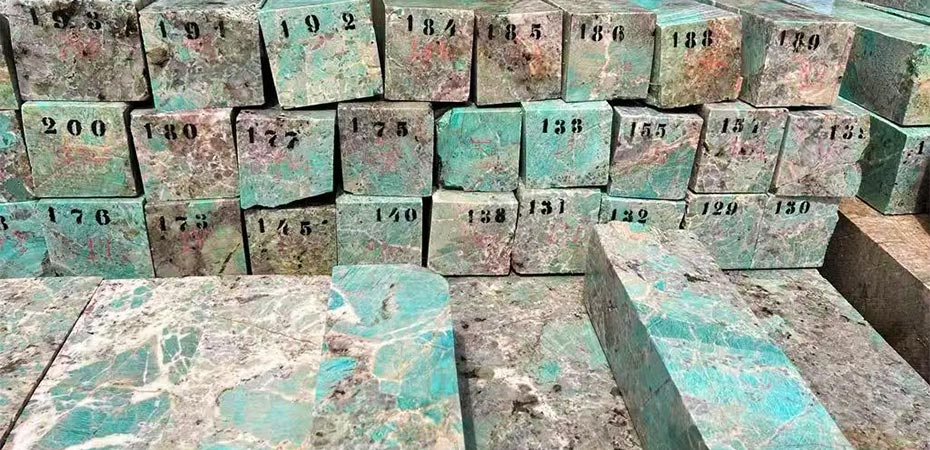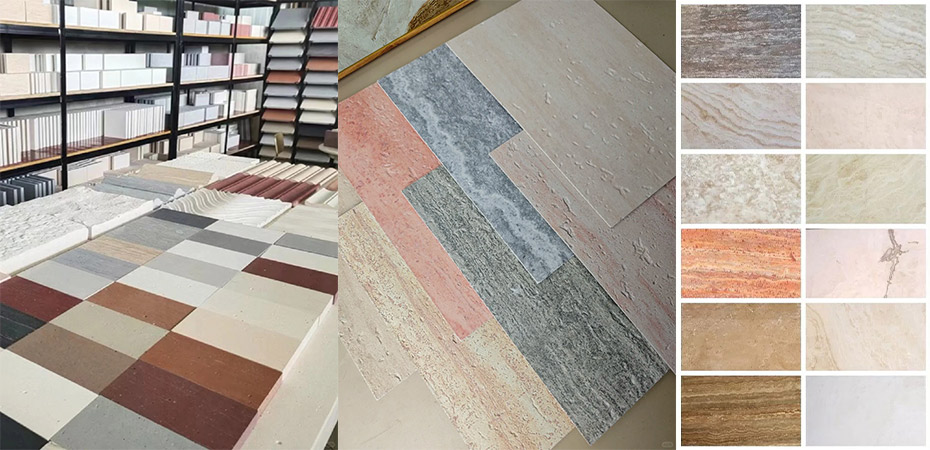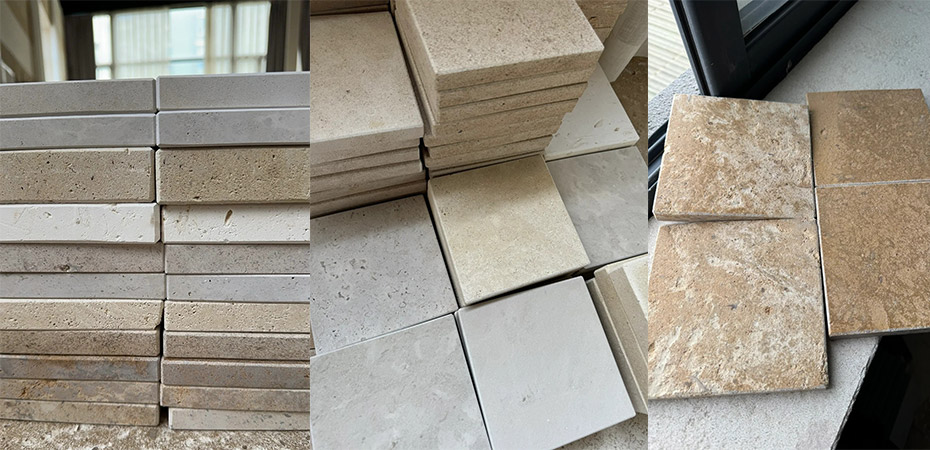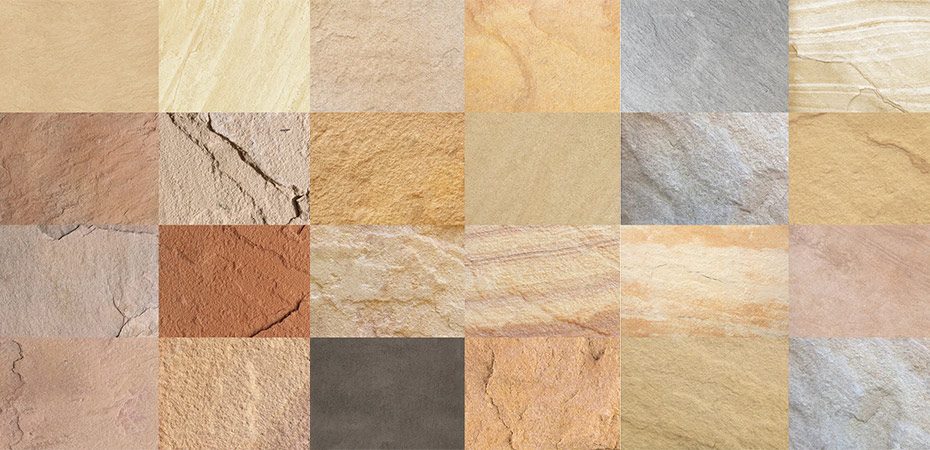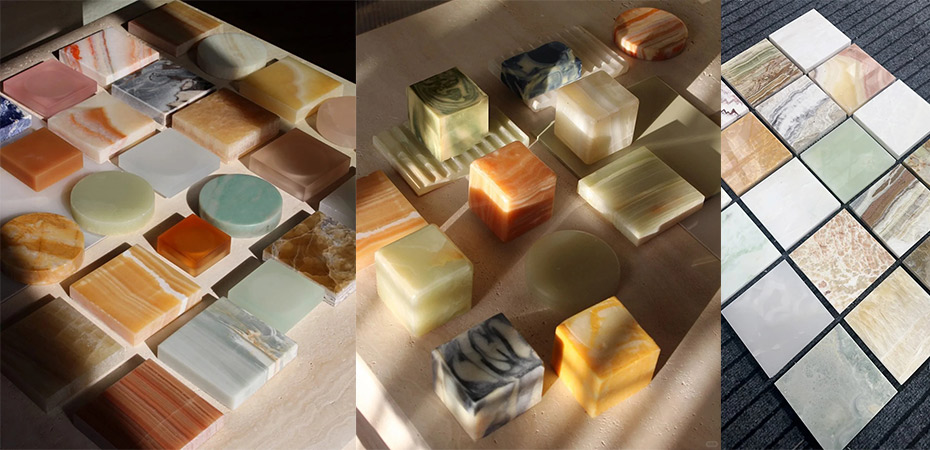Discover the Timeless Beauty of Wood Grain Marble for Your Interior Design
Wood grain marble, known for its natural and elegant appearance, is becoming an increasingly popular choice for both residential and commercial interior design projects. Combining the aesthetic warmth of wood with the durability and luxury of marble, this unique stone offers a perfect balance between functionality and style. In this article, we will explore the key benefits of wood grain marble and why it should be your go-to choice for your next project.
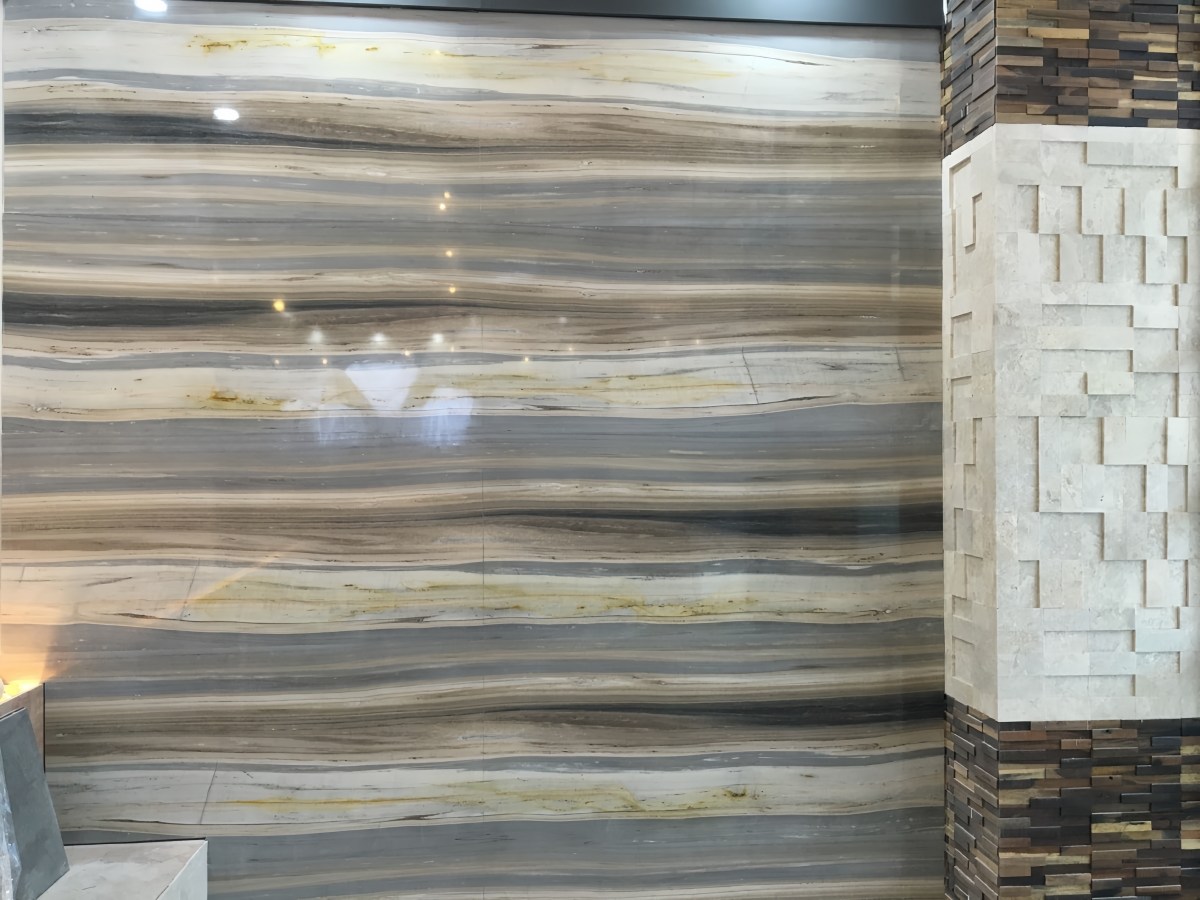
What is Wood Grain Marble?
Wood grain marble, also known as wood vein marble, is a natural stone characterized by its linear, wood-like veins and patterns. Unlike traditional marble, which often features swirls or waves, wood grain marble mimics the natural textures and colors of wood, offering a sophisticated, nature-inspired aesthetic. It is available in a variety of shades, from light beige and gray to rich browns, making it a versatile option for different design styles.
Why Choose Wood Grain Marble?
1. Unique Aesthetic Appeal
Wood grain marble offers a distinctive look that combines the organic warmth of wood with the timeless elegance of marble. Its natural veining patterns give it a rustic yet refined appeal, perfect for creating a modern or classic look in any space. Whether you’re aiming for a minimalist design or a luxurious feel, wood grain marble can seamlessly fit into your vision.
2. Durability for High-Traffic Areas
One of the primary reasons homeowners and designers opt for marble is its exceptional durability. Wood grain marble, like other types of marble, is resistant to scratches, stains, and heat, making it an ideal material for high-traffic areas such as kitchens, living rooms, and commercial spaces. With proper care, it can maintain its beauty for years, even in the most demanding environments.
3. Versatile Applications
Wood grain marble is incredibly versatile and can be used in various applications throughout the home or office. It’s an excellent choice for:
- Flooring: Its natural patterns add depth and texture to any room.
- Countertops: Perfect for kitchen islands or bathroom vanities, providing both beauty and practicality.
- Wall Cladding: Create stunning feature walls or fireplace surrounds that become the focal point of your space.
4. Eco-Friendly and Sustainable
As a natural stone, wood grain marble is an environmentally friendly option for those looking to incorporate sustainable materials into their home or office design. Unlike synthetic materials, marble is sourced from the earth and requires minimal processing, reducing its carbon footprint.
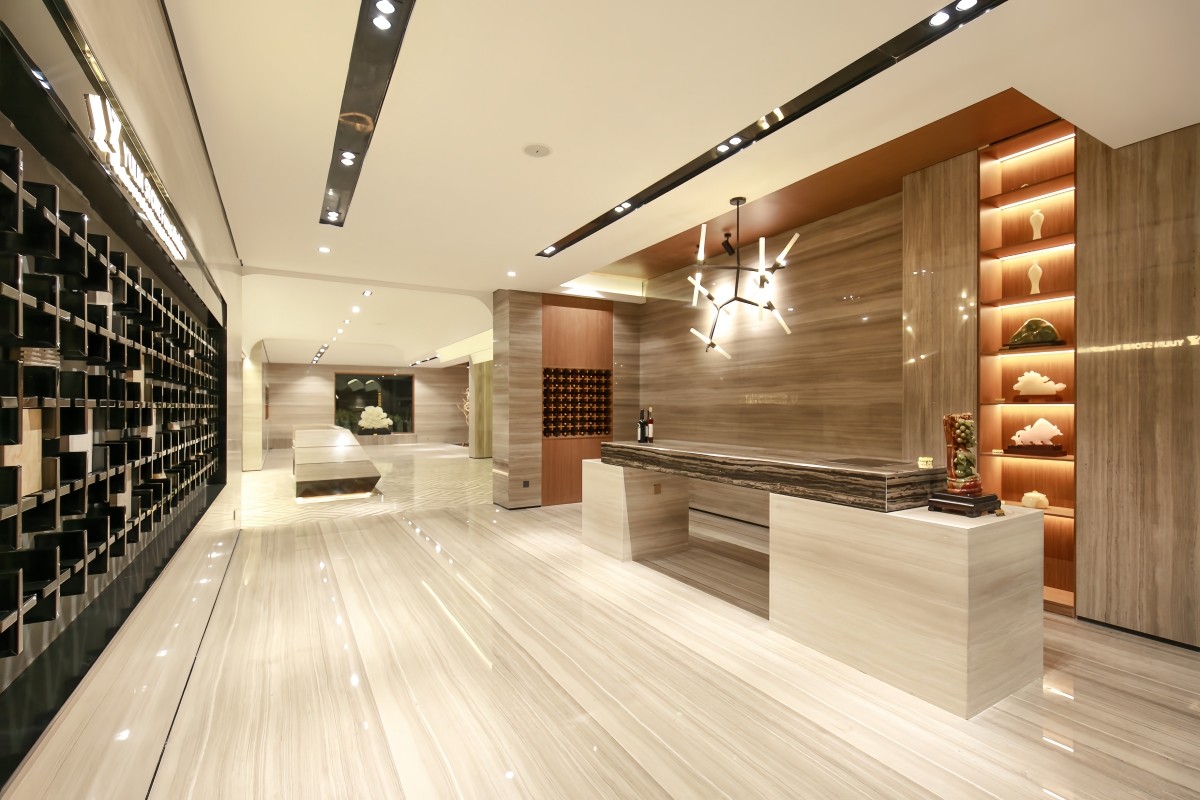
How to Care for Wood Grain Marble
Despite its durability, wood grain marble still requires proper maintenance to keep it looking its best. Here are a few tips to ensure its longevity:
- Seal Regularly: Applying a sealant every 6-12 months helps protect the surface from stains and moisture.
- Clean with Mild Soap: Avoid harsh chemicals that can damage the stone. Use a mild soap and water solution to clean the surface.
- Wipe Spills Immediately: Marble is porous, so it’s important to wipe up spills quickly to prevent staining, especially from acidic substances like lemon juice or wine.
By following these simple steps, you can keep your wood grain marble looking as stunning as the day it was installed.
Popular Design Ideas with Wood Grain Marble
Wood grain marble is a favorite among designers because of its adaptability to various design themes. Here are a few ideas to inspire your next project:
- Rustic Elegance: Pair wood grain marble with natural wood elements and earthy tones to create a warm, rustic interior.
- Modern Minimalism: Use light-colored wood grain marble in combination with sleek, modern furniture for a minimalist, contemporary look.
- Luxury Spa Bathrooms: Create a serene, spa-like atmosphere in your bathroom with wood grain marble countertops and wall cladding, complemented by soft lighting and natural textures.
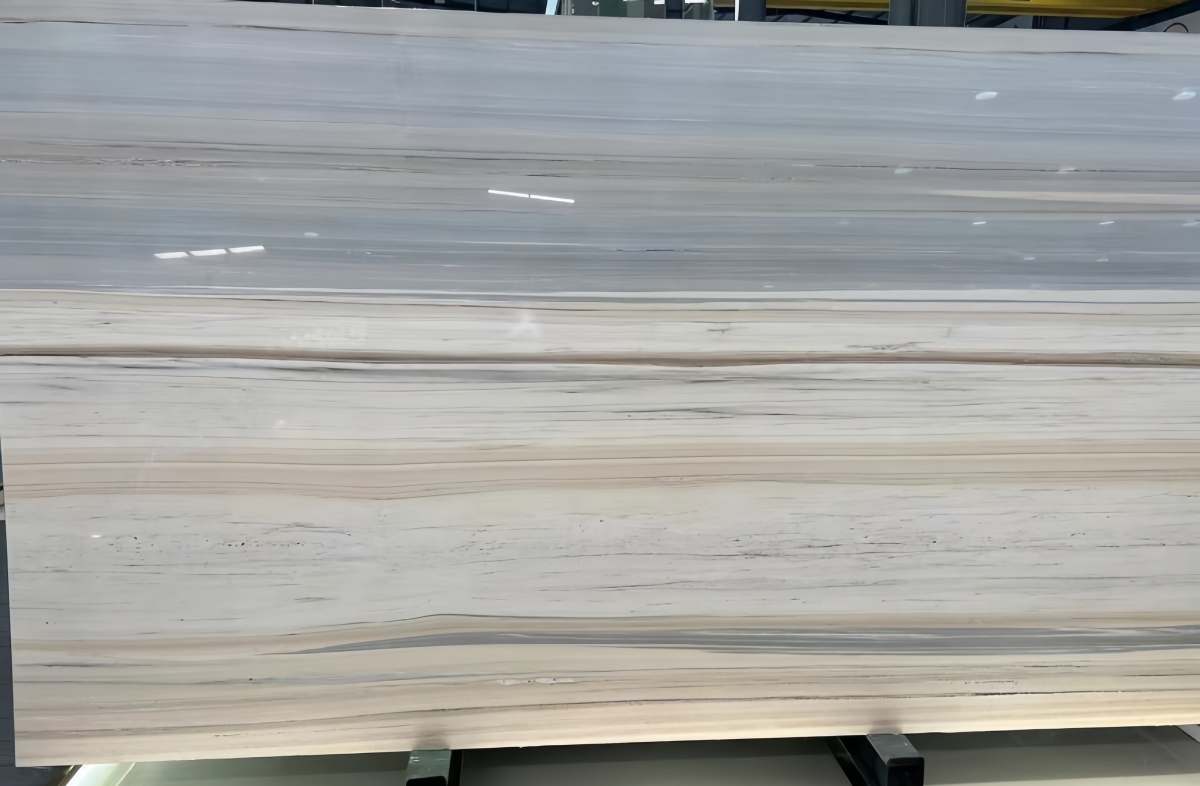
Wood grain marble offers a unique blend of beauty, durability, and versatility, making it an excellent choice for any interior design project. Its natural wood-like patterns, combined with the strength and luxury of marble, provide a sophisticated yet practical solution for floors, countertops, and wall applications. Whether you are renovating a home or designing a commercial space, wood grain marble can elevate the aesthetic and value of any environment.
Ready to explore the possibilities with wood grain marble? Contact us today to learn more about our range of natural stone products and discover the perfect marble for your project. We offer a wide selection of colors, patterns, and finishes to suit every design vision.

